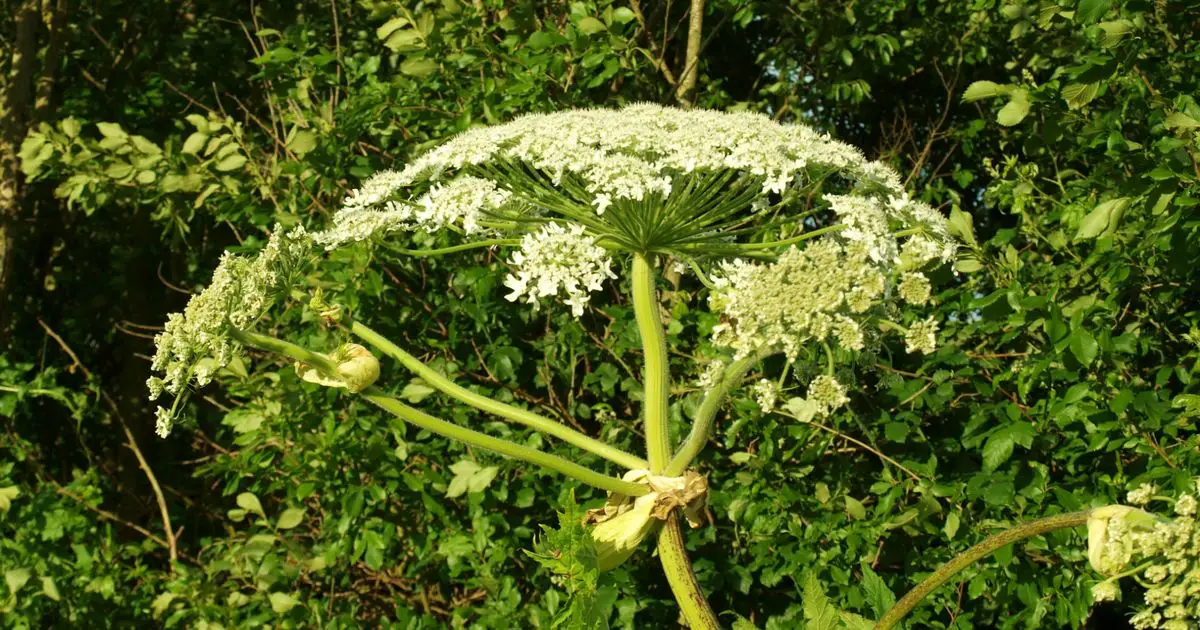The Government has strict restrictions on invasive plants that are alien to the United Kingdom.
These plants have the ability to out-compete native species and can decimate local ecosystems by throwing off a delicate balance established over thousands of years.
They can cause flooding by altering the flow of water and introduce deadly diseases, which British or naturalized plants cannot recover from.
Britain is a green-fingered nation and almost every garden on this island has non native species flourishing in it.
However, there are a select group of invasive plants which could devastate the country’s greenery.
With these species, Government guidance says you cannot:
- transport
- Sell
- Grow, cultivate or reproduce them
Most invasive plants in the UK
the Government lists these eight plants as most common and of concern non native plants in the UK:
- American skunk cabbage – Lysichiton americanus
- Chilean rhubarb – Gunnera tinctoria
- Curly waterweed – Lagarosiphon major
- Floating pennywort – Hydrocotyle ranunculoides
- Giant hogweed – Heracleum mantegazzianum
- Himalayan balsam – Impatiens glandulifera
- Nuttall’s waterweed – Elodea nuttallii
- Parrot’s feather – Myriophyllum aquaticum
However, the problem goes further. Though those eight are the most widespread, the Government also lists other less common but just as dangerous plants, they are:
Alligator weed, Asiatic tearthumb, balloon vine, broadleaf watermilfoil, broomsedge bluestem, Chinese tallow, common milkweed and crimson fountaingrass.
Eastern baccharis, fanwort, floating primrose-willow, golden wreath wattle, Japanese hop, Japanese stiltgrass, kudzu vine, lespedeza cuneata and mesquite.
Perennial veldtgrass, Persian hogweed, purple pampas grass, Salvinia moss, Senegal tea plant, sosnowsky’s hogweed, tree of heaven, vine-like fern, water hyacinth, water-primrose and whitetop weed.
How to get rid of invasive plants
The Government has created its own guidance on how to get rid of invasive plants.
- Pulling or digging out live, dead or dying plants
- Cutting back plants to prevent the seeds dispersing
- Burying them
- burning them
Do not place removed plants into your normal garden waste council bin, as once processed it can lead to the spread of the invasive species.
If an invasive plants is already growing in your garden and are not intentionally being kept or cultivated, then you will not be judged to have committed an offense by the Department for Environment, Food and Rural Affairs (Defra).
However, you should treat, dispose and stop the spread of them.
